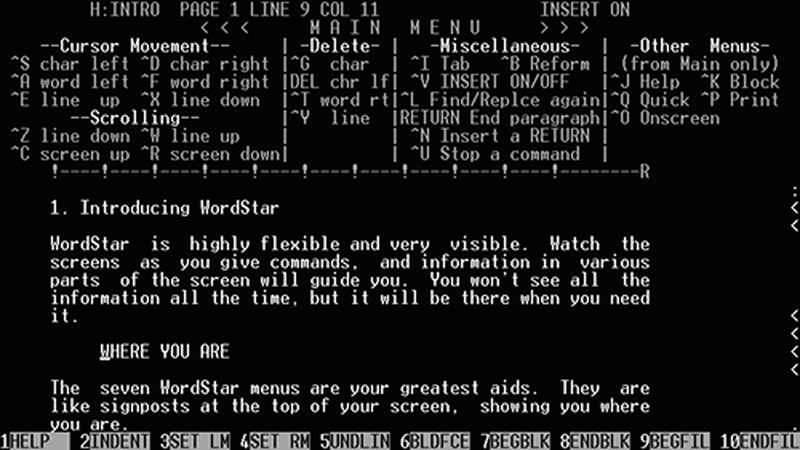Burnout in Technology: Reflections of a 40-Year Veteran
Written on
Chapter 1: My Journey into Personal Computing
My first encounter with a computer was the Kaypro 2X, a hefty 50-pound (22.6 kg) “portable” machine that marked the beginning of my personal computing experience back in 1980, predating IBM's introduction of the “Personal Computer.” It's quite remarkable to think that the term "Personal Computer" was once a trademark closely associated with IBM. Reflecting on it, it's even more astonishing that IBM exited the personal computing arena in 2007.
Some Background
In 1980, I returned to college to finish my Bachelor's degree in Literature, which naturally involved a lot of writing. At the time, I worked as a secretary, initially using a Lexitron VT-1303 and later an IBM Displaywriter. I quickly recognized how much simpler it would be to make minor edits to a lengthy paper on a computer rather than retyping the entire document. Thus, I decided to purchase a computer, opting for the Kaypro 2X—a great deal for its time, boasting 64K of RAM, dual 390K floppy drives, a 9-inch green-on-black monitor, and ample software for various tasks. Oh, and I can't forget the Juki 6100 daisywheel printer.
What I couldn’t foresee was how that seemingly simple purchase would significantly alter my life.
Learning to Program
At the dawn of personal computing, there was only one dominant word processing program: WordStar.

When I think back to that time, it’s remarkable to consider what features WordStar lacked—things like footnotes, endnotes, bibliographies, glossaries, and indices, all of which are now essential in academic writing. During my freshman year at the University of Alaska-Juneau, I took a required course titled “Introduction to Data Processing.” One of our assignments involved writing a simple program in BASIC to count to ten and display the total on the screen while printing the result. This sparked my interest, leading me to take more programming classes in the following semester.
Eventually, I developed several programs that interfaced with my WordStar files, ensuring that my documents met academic formatting standards. In hindsight, I realize I could have potentially profited from those programs. However, back then, sharing such “utilities” was common practice. Nowadays, we refer to them as “apps” and sell them for a couple of dollars. Personally, I'm fine with paying for an app that genuinely enhances my life or fulfills a need.
Chapter 2: The iPhone and Technology Overload
Apple recently rolled out iOS 16.3.1, and already, the buzz is about iOS 16.4. Frankly, I can't muster excitement over rumors of a new pink heart emoji.
My iPhone is indeed impressive. It performs functions I never thought possible for a computer and boasts more memory than my Kaypro—more than the computers used in the moon landing, in fact! During my training for the initial Apple Help Desk to support the iPhone before its launch, I was the first to recognize that Apple had not merely introduced a new cell phone but had effectively placed a computer in our hands.
But as the late Waylon Jennings might say, “Don’t you think this iPhone phenomenon has spiraled out of control?”
It's not just Apple; it seems that manufacturers are in a race to pack as many features as possible into their devices, regardless of user demand. Just recently, I received yet another prompt to set up my Microsoft Teams account, which led me to delete it from my laptop in frustration.
Apple's App Store boasts nearly 2 million apps. Do we really need 1,500 different timers? Or am I simply too old-fashioned to comprehend the necessity of 27 unique methods to launch birds at pigs—or vice versa?
As someone humorously noted, “Yes, you have freedom in this country: the freedom to choose among 350 breakfast cereals in the grocery store.”
An honest chat about burnout in tech - This video dives into the realities of burnout faced by professionals in the technology sector.
Why is Burnout So Common in Tech? Let's talk about it - This video explores the reasons behind the prevalence of burnout in the tech industry and offers insights into coping strategies.